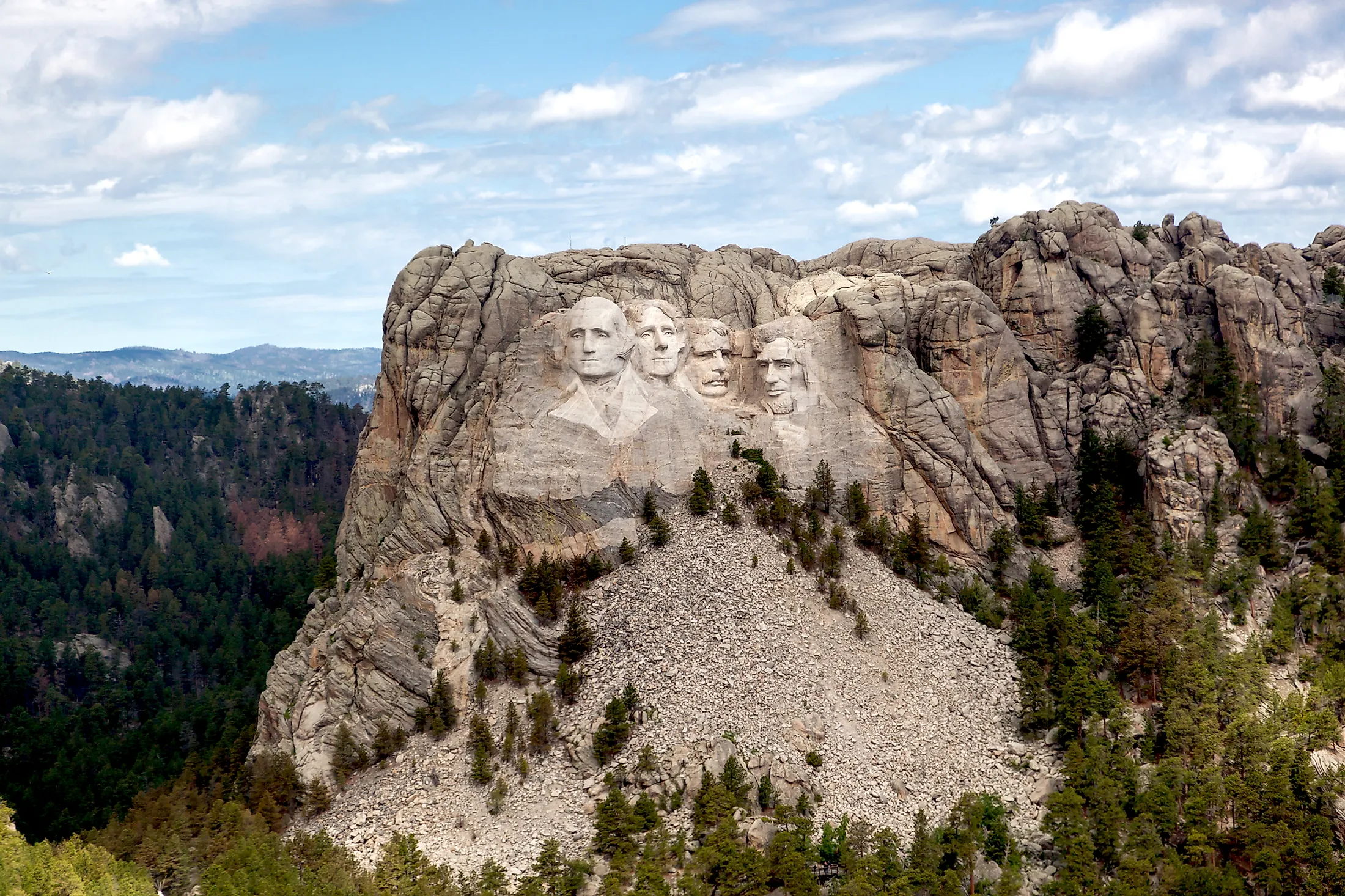
Black Hills, South Dakota
The Black Hills is a mountain range and geographical region in the southwestern portion of the US state of South Dakota, extending into a small part of eastern Wyoming. The region is diverse geographically, containing huge expanses of both forests and mountain ranges, and known for its large wilderness areas. The region is home to numerous national parks and monuments and, despite its remoteness, the Black Hills area attracts millions of visitors each year. It contains a number of noteworthy sites that are ecologically, culturally, and historically important to the United States.
Visiting The Black Hills
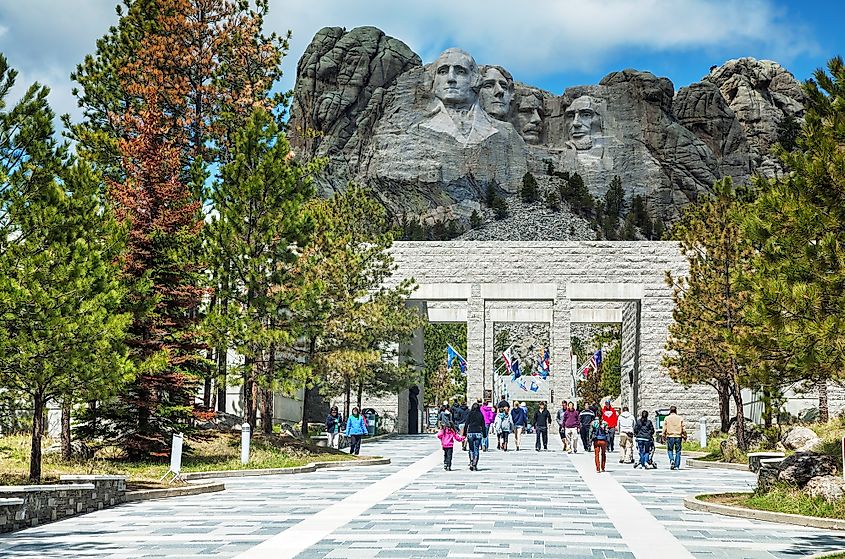
The Black Hills are over 2 billion years old, making them among the oldest geographic formations in the United States. The region is remarkable because it combines remoteness and diverse natural formations with its fascinating human history and cultural attractions. The state of South Dakota has focused on providing access to all of the region’s significant attractions, while also maintaining their isolation and natural beauty.
Tourism has replaced natural resource extraction as the dominant industry in the region. Throughout the year, visitors flock to the region for its natural beauty and array of outdoor pursuits. Camping, hiking, skiing, snowmobiling, and many other activities are hugely popular in the area. It is, however, still the historic and cultural sites that have made it the most well known nationally.
Major Attractions
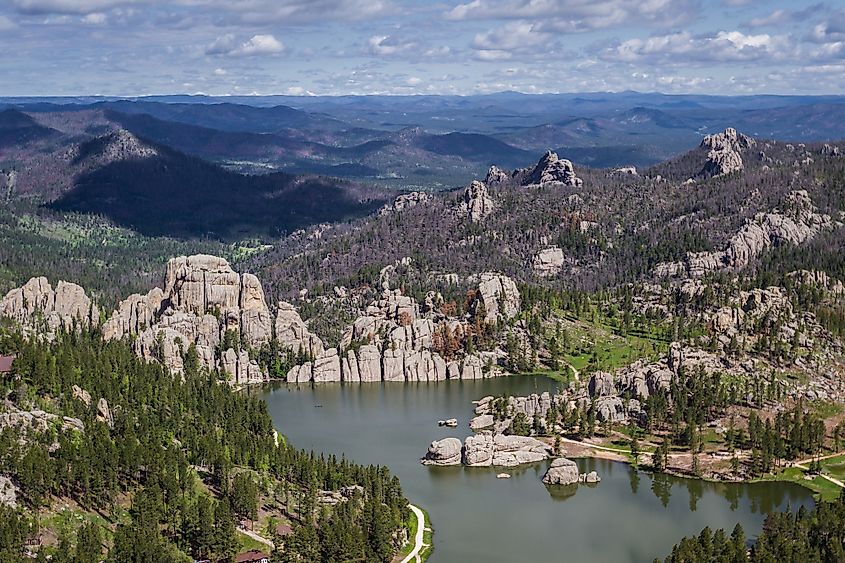
Mt. Rushmore, one of the most iconic sculptures in the world and a significant cultural symbol for the U.S., is carved right into a granite face of the Black Hills. Mount Rushmore National Park alone regularly sees visits of over two million people every year. The Crazy Horse Memorial, similarly carved into the Black Hills, will be the second largest sculpture in the world once completed. Other state parks, the Sturgis Motorcycle Rally, the Devils Tower (declared as the first national monument in the country by President Teddy Roosevelt in 1906), and Harney Peak (one of the country’s highest points) combine to bring hundreds of thousands of additional people to the Black Hills each year.
Wildlife In The Region
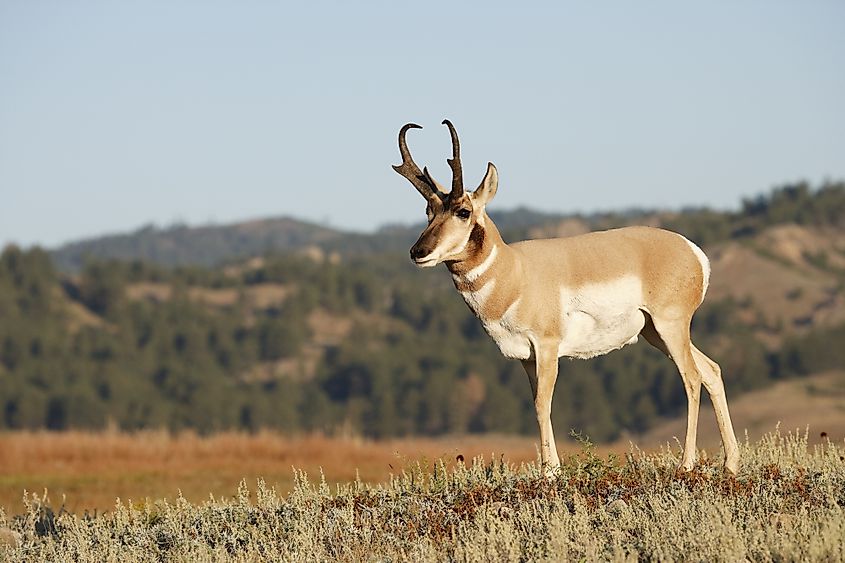
The Black Hills region is made up primarily of a Ponderosa Pine Forest, much of which is protected through the U.S. National and South Dakota State Park systems that have jurisdiction over large amounts of area there. The area is also famous for its diverse wildlife. The higher hills themselves are populated with white mountain goats and big horn sheep, though the lower Black Hills’ forests are its most diverse areas ecologically. The latter serve as homes to deer, elk, muskrats, beavers, minks, and many other species. There are also numerous wildlife preserves in the area, notably the Black Hills Wild Horse Sanctuary and Bear Country U.S.A. (a drive-thru, 200-acre-park that is home to black bears, reindeer, and elk).
Threats
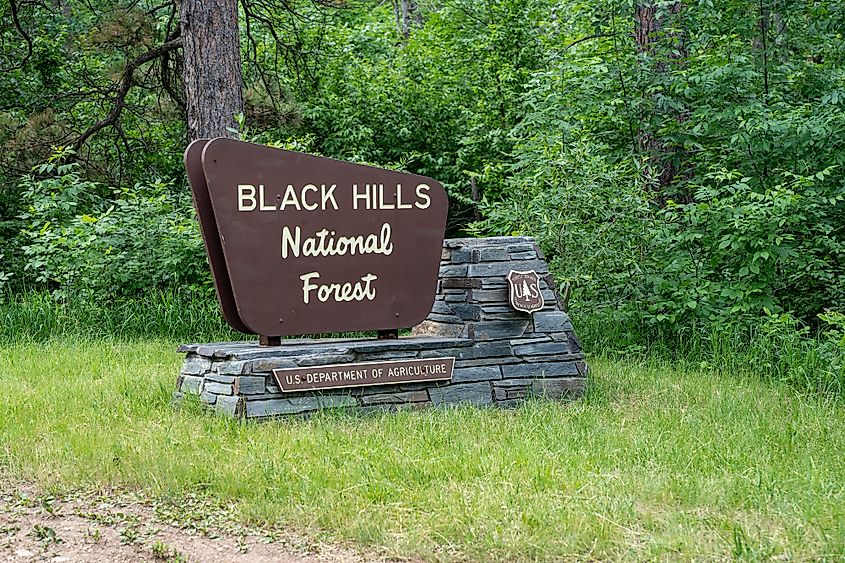
An ongoing land dispute poses recurring issues to the ownership and maintenance of parts of the Black Hills region. The Native American Sioux Nation lays claim to much of this area, based on their early inhabitance of the Hills and an 1868 treaty with the U.S. Federal government. The treaty prevented white settlement of the region, but was overturned by the U.S. after significant gold deposits were found in the area. The dispute is still ongoing, as the U.S. Federal government has attempted to rectify the issue, primarily through reperations payments. Still, many of the Sioux feel that access to their promised ancestral homelands is priceless, and cannot be remedied with mere financial solutions. Furthermore, hunting and the desire to develop the area for natural resource extraction also pose threats to the area's ecological habitats, and the native flora and fauna that live within them.











